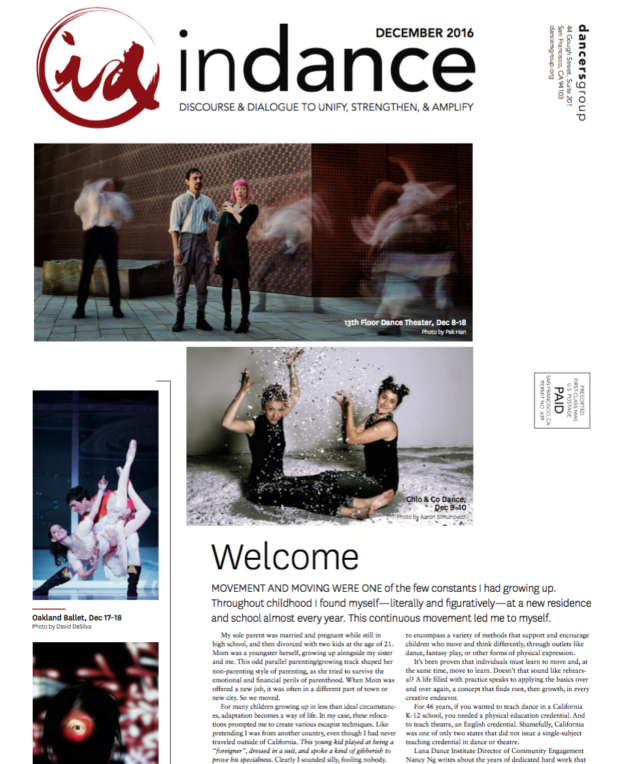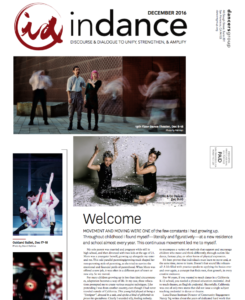
 Movement and moving were one of the few constants I had growing up. Throughout childhood I found myself—literally and figuratively—at a new residence and school almost every year. This continuous movement led me to myself.
Movement and moving were one of the few constants I had growing up. Throughout childhood I found myself—literally and figuratively—at a new residence and school almost every year. This continuous movement led me to myself.
My sole parent was married and pregnant while still in high school, and then divorced with two kids at the age of 21. Mom was a youngster herself, growing up alongside my sister and me. This odd parallel parenting/growing track shaped her non-parenting style of parenting, as she tried to survive the emotional and financial perils of parenthood. When Mom was offered a new job, it was often in a different part of town or new city. So we moved.
For many children growing up in less than ideal circumstances, adaptation becomes a way of life. In my case, these relocations prompted me to create various escapist techniques. Like pretending I was from another country, even though I had never traveled outside of California. This young kid played at being a “foreigner”, dressed in a suit, and spoke a kind of gibberish to prove his specialness. Clearly I sounded silly, fooling nobody.
Reflecting on this time and the educational settings of the 1960’s and 70’s, I realize that had I been introduced to dance or other creative learning opportunities earlier, I might have understood that a fantasy life wasn’t about excluding myself from others. I was trying to be seen, to feel real, to learn, and the only way I knew how to do that was by making things up. My childhood fantasies always involved transforming into the other —a super-hero, a princess, and, of course, the foreigner speaking non-existent languages. Growing up with little structure and few interests at school, I retreated inside a body that longed to connect.
Moving was also a way to start over, with a new audience waiting. Moving is an apt metaphor for dancers and one that many have explored. Fortunately, notions of both parenting and teaching kids with overactive imaginations have evolved to encompass a variety of methods that support and encourage children who move and think differently, through outlets like dance, fantasy play, or other forms of physical expression.
It’s been proven that individuals must learn to move and, at the same time, move to learn. Doesn’t that sound like rehearsal? A life filled with practice speaks to applying the basics over and over again, a concept that finds root, then growth, in every creative endeavor.
For 46 years, if you wanted to teach dance in a California K-12 school, you needed a physical education credential. And to teach theatre, an English credential. Shamefully, California was one of only two states that did not issue a single-subject teaching credential in dance or theatre.
Luna Dance Institute Director of Community Engagement Nancy Ng writes about the years of dedicated hard work that it took to change those outdated requirements. The Theatre and Dance Act (TADA!), SB 916, that passed this year, addresses the gap in arts education by establishing a single-subject teaching credential for dance and theatre.
I can hear a collective sigh of relief. A special thanks goes out to the many gifted teachers that provide quality and caring instruction to young minds. These educators and their ideals bode well as we move toward a future where everyone will learn to dance and dance is seen as equal to any other basic subject offered in school. Creative potential abounds in every mind and body.
Resilience, steadfastness of spirit, embodied wisdom while moving forward—these are grand wishes for a celebratory time. Enjoy the moves that move you.
—Wayne Hazzard


